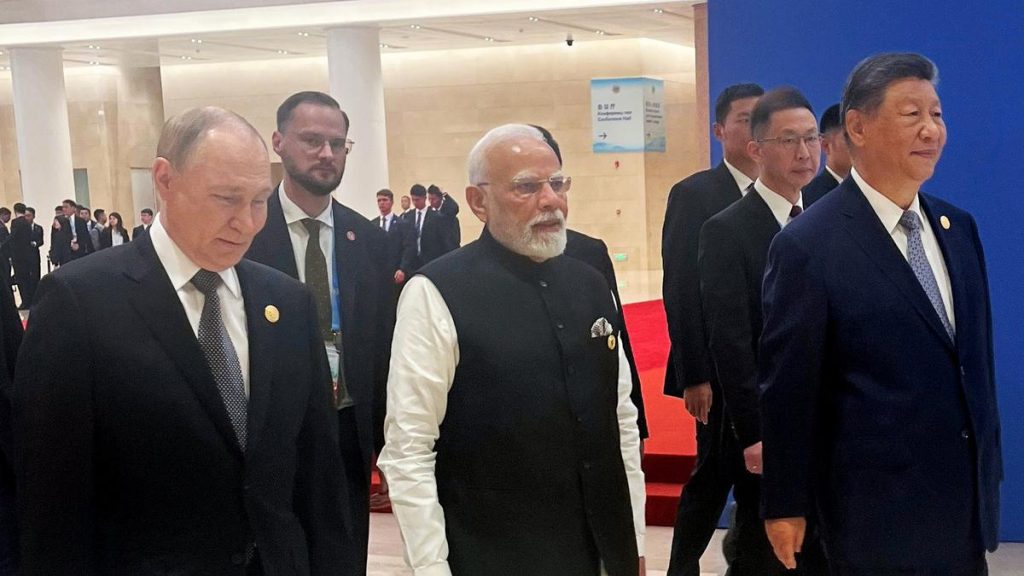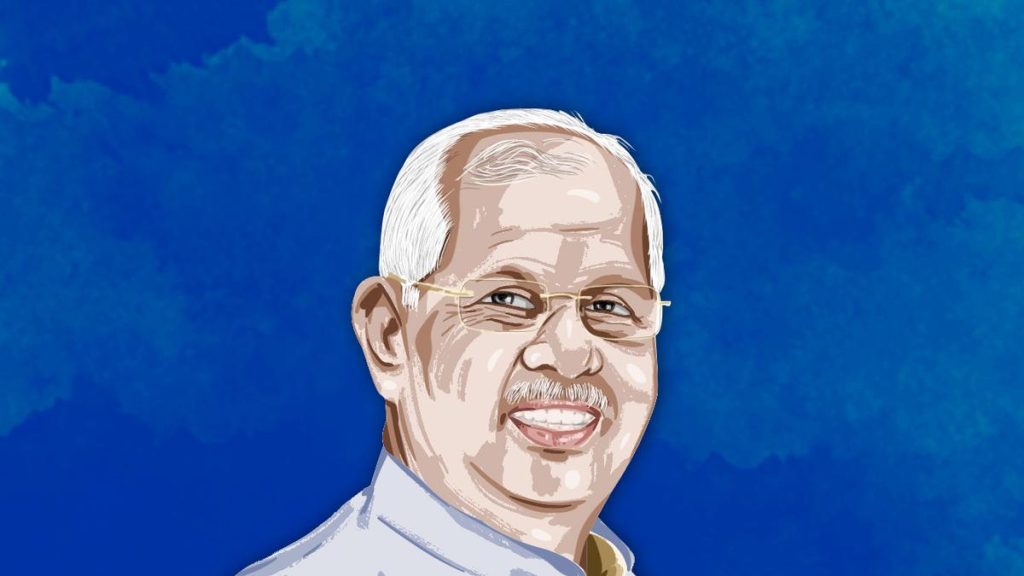Now Reading: Tariffs Reshape Resale Market: Opportunities and Insights
-
01
Tariffs Reshape Resale Market: Opportunities and Insights
Tariffs Reshape Resale Market: Opportunities and Insights

Fast Summary
- The United States has introduced new tariffs, eliminating the “de minimus exemption,” increasing costs on imported goods from China adn other countries.
- This affects cheap items from fast-fashion brands like Shein and Temu as well as pricier electronics and appliances made with overseas parts.
- Resale apps such as Poshmark, Depop, Vestiaire Collective, and ThredUp have seen a significant increase in sales of secondhand goods.
- Consumers are turning to resale platforms to buy cheaper alternatives for imported items affected by tariffs, boosting demand for both fast fashion (e.g., Shein dresses) and luxury brands (e.g., Hermès sandals). Resales of electronics like Apple watches also surged due to price concerns.
- Platforms report growing interest in buying mission-critical lifestyle items-workout attire, trendy outfits-and also high-end products with expanded U.S.-based resale options.
- Experts suggest that tariff-driven price hikes could sustain the resale market while buyers become more strategic about their purchases. However, there’s speculation that interest in cheaply-made goods may wane over time.
Indian Opinion Analysis
India may perceive an indirect yet notable possibility stemming from thes developments. As global tariff policies reshape consumer behavior in markets such as the United States, low-cost exporting economies-including India-could witness greater demand for affordable quality products sourced responsibly compared to heavily taxed Chinese-origin imports. in light of rising sustainability trends highlighted by experts throughout this report-where secondhand remains economically favorable-the rise of alternatives like eco-amiable goods or better-quality textiles aligns closely with India’s rapidly modernizing manufacturing sector ambitions.
Additionally, India’s strong presence in luxury markets can complement this transition toward pre-owned consumer preferences if manufacturers adjust distribution strategies targeting secondary sales ecosystems at competitive rates domestically long-term reshaping balance crosswide fair trades further strengthening regional interconnectivity pivotal moments post-threatened direct-shipping losses unavoidable higher-end reliant US importers explore immediate offset options leveraging multiple industry fronts officially deepened alignment geoeconomic interplay moving contours international dialogues/init Sverige Dipl integration remarks tradesystem flaws disconnected points gaps awareness advocacy measures continuation realization pathways definitive segmentation top-tier regulators clarifies US-bound consignment reform span linking valuation forecasting terms promising Indo-American trade enhancements tailored jointly mutual agreements symposium stretch lasting future propitious avenues tertiarymethod holistic last words welcome closure!
!2000×1135.v1748375202.png”>Poshmark data graph
Credit: Lindsey Ellefson



























